Best Practices for Managing a Diverse Workforce in Manufacturing | RES

This article outlines best practices for managing a diverse workforce in manufacturing, emphasizing the need for effective communication, respect, and equal opportunities. It recommends implementing inclusive communication practices, such as multilingual signage and visual aids, to ensure clarity. Leaders should also foster a culture of respect and inclusion through training and policies that promote engagement and prevent discrimination. Finally, providing equal access to training and career advancement opportunities ensures that all employees feel valued and supported. Real-world examples demonstrate how these strategies can reduce errors, improve morale, and decrease turnover. The overall message is that a well-managed diverse workforce can enhance productivity and innovation in manufacturing environments. Book your consultation with Resource Employment Solutions today!
The manufacturing industry is becoming increasingly diverse, with workforces representing a variety of ages, backgrounds, and cultures. This diversity can be a powerful asset, bringing different perspectives and problem-solving approaches to the table. However, managing a diverse workforce also presents unique challenges. Differences in communication styles, work habits, and expectations can sometimes lead to misunderstandings, reduced morale, and lower productivity if not managed effectively. Embracing diversity means creating an inclusive environment where every employee feels respected, valued, and equipped to succeed.
At Resource Employment Solutions, we believe that a well-managed, diverse workforce is key to driving innovation and maintaining competitiveness in the manufacturing sector. With our expertise in staffing and human resources, we support companies in building strong, cohesive teams that harness the full potential of a diverse workforce. Here are three best practices to help manufacturing leaders create a productive and inclusive environment.
1. Implement Inclusive Communication Practices
Effective communication is at the heart of managing a diverse workforce. Manufacturing environments often include workers with varying levels of language proficiency, cultural backgrounds, and work experiences. To ensure that everyone is on the same page, it’s essential to implement communication practices that are clear, inclusive, and adaptable to different needs.
For example, a large electronics manufacturer with a multilingual workforce was experiencing frequent misunderstandings on the production floor, leading to errors and delays. To address this, the leadership team introduced visual aids, translated safety instructions, and standardized signage in multiple languages. They also trained supervisors on how to communicate instructions clearly and respectfully across language barriers. As a result, error rates dropped by 15%, and the team’s morale and confidence improved.
Creating an environment where all employees can understand and be understood is fundamental. Using multiple communication formats (visual, verbal, and written) and ensuring that key information is accessible to everyone can prevent misunderstandings and promote a culture of inclusivity.
2. Foster a Culture of Respect and Inclusion
Respect and inclusion should be at the core of any diverse workforce management strategy. Employees who feel respected and included are more likely to be engaged, productive, and committed to the organization. Leaders can foster a culture of respect by setting the tone at the top and ensuring that inclusion is embedded into everyday interactions.
For example, a medium-sized automotive parts manufacturer noticed that employees from minority groups often felt excluded from decision-making and social activities. To address this, the company launched a Diversity and Inclusion (D&I) committee, which organized monthly cultural awareness events, team-building activities, and training on unconscious bias. Management also implemented an “Open Door” policy, encouraging all employees to voice concerns and share ideas directly with leadership. Over time, employee engagement surveys showed a 25% increase in job satisfaction, and collaboration between diverse groups significantly improved.
By promoting respect and valuing diverse perspectives, leaders can create a work environment where everyone feels empowered to contribute. Regular training, inclusive team-building activities, and clear policies on harassment and discrimination are critical components in maintaining a respectful and welcoming workplace.
3. Provide Equal Access to Training and Career Advancement
Ensuring that all employees have equal access to training and career advancement opportunities is essential for managing a diverse workforce. When employees perceive a lack of fairness in opportunities for growth, it can lead to frustration, disengagement, and ultimately higher turnover rates. Leaders must be proactive in offering development opportunities that are accessible to everyone, regardless of background or experience.
For example, a global packaging company struggled with high turnover rates among its female and minority employees, who felt they were overlooked for promotions. In response, the company revamped its training and development programs to focus on inclusivity. They introduced mentorship programs, leadership training, and skill development workshops specifically designed to support underrepresented groups. Managers were trained on how to identify and support diverse talent, ensuring that all employees had a clear path for advancement. This initiative resulted in a 30% reduction in turnover and a notable increase in internal promotions among previously underrepresented groups.
Providing fair opportunities for advancement and professional growth demonstrates to employees that the organization is invested in their success. Structured mentorship programs, transparent promotion criteria, and targeted training can help ensure that all team members have the chance to thrive.
Managing a diverse workforce in manufacturing goes beyond acknowledging differences; it involves creating an environment where every employee feels respected, included, and equipped to perform their best. Implementing inclusive communication practices, fostering a culture of respect, and ensuring equal access to training and career development opportunities are crucial steps in making diversity a strength rather than a challenge. By prioritizing these strategies, manufacturing leaders can enhance employee satisfaction, strengthen team dynamics, and create a more harmonious and productive workplace. As the industry continues to evolve, understanding and supporting the needs of a diverse workforce will be essential for maintaining a positive and efficient working environment. Book your consultation to get started with Resource Employment Solutions.
Written on behalf of RES.
The RES Onboarding Process
Our commitment to you is deeper than just providing a list of potential candidates. We are committed to designing and implementing the most effective staffing strategy for you. Here is what you can expect when you choose Resource Employment Solutions as your recruiting and staffing partner.




When you connect with Resource Employment Solutions, you will be matched with an account management team who specializes in placing top talent within your industry. You will have a dedicated recruiter or recruiting team assigned and they will remain your point of contact to understand your business and address all your staffing needs.
Frequently Asked Questions
Managing diversity well can improve employee satisfaction, reduce turnover, and foster innovation. It ensures that all employees feel respected, valued, and empowered.
Common challenges include language barriers, cultural misunderstandings, and lack of equal access to training and development opportunities.
Use visual aids, translated materials, and clear verbal communication. Providing training on inclusive communication practices for managers can also help bridge language and cultural gaps.


